The Slums of Mumbai: A Glimpse into Life in the Shadows of Prosperity
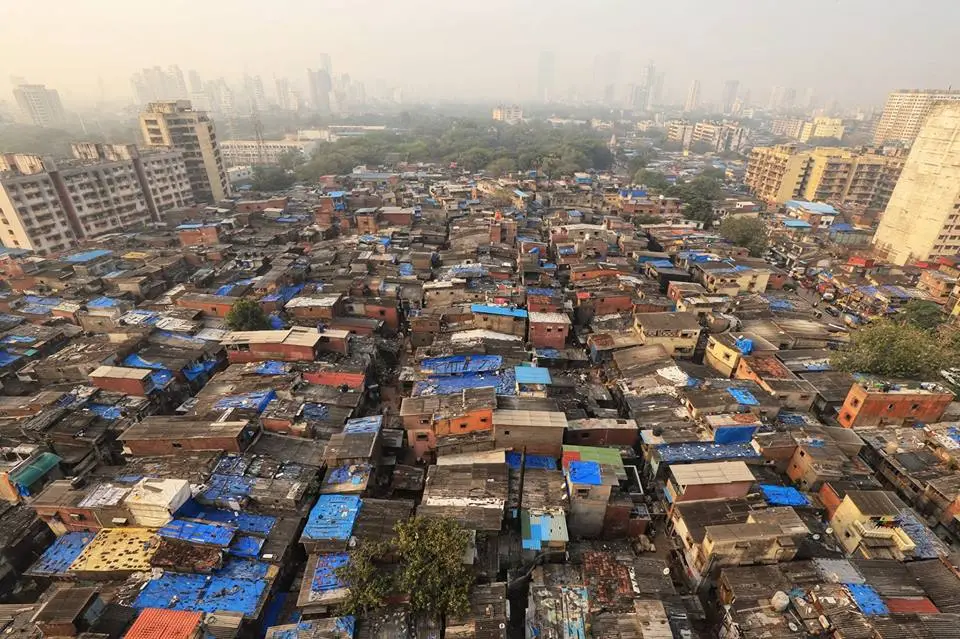
Mumbai, the financial capital of India, is a city of stark contradictions. While it claims giant skyscrapers, magnificent hotels, and a prosperous entertainment industry, it is also home to some of the world’s largest slums. These informal settlements, such as Dharavi, Govandi, and Chawl, are home to millions of people who live in tight, unnatural conditions yet contribute significantly to the city’s economy. The slums of Mumbai are a will for flexibility, conflicts, and deep inequalities to deep inequalities in urban India.
The reality of life in the slums of Mumbai
1. Crowd and poor situation
Mumbai’s slums are characterised by high congestion. Families of six or more frequently live in small, single-room huts made of corrugated metal, plastic sheets, and bamboo. These makeshift houses lack proper ventilation, hygiene, and access to clean water. Open drains and garbage piles are common places, causing frequent outbreaks of diseases like cholera, dengue, and tuberculosis.
2. Lack of basic facilities
Despite being in India’s richest city, The Slums of Mumbai residents struggle for basic needs. Many rely on communal water taps, often facing long queues and water scarcity. Electricity is illegally tapped with overhead wires, causing a situation of being dangerous and continuous. The situation of The Slums of Mumbai Toilets are rare, sometimes with hundreds of people sharing a public toilet, which is often maintained poorly.
3. Economic conflict and informal employment
A large part of Mumbai’s slums works in the informal sector—such as road vendors, domestic workers, ragpickers, or small-scale labourers. Dharavi, often called the “heart of the informal economy of Mumbai,” is home to thousands of small businesses, including leather shops, pottery workshops, and recycling units. While these industries generate significant revenue, workers earn low wages, often below minimum wages, without job safety or profit.
4. Education and health care challenges
Access to education and healthcare remains a major challenge. Eliminating the poverty cycle, many slum dwellers quickly leave school to support their families. Government-run schools and hospitals are often underfunded and condensed, making residents turn towards expensive private clinics or quacks. Malnutrition is largely among children, which affects their physical and cognitive development.
Why are slums present in Mumbai?
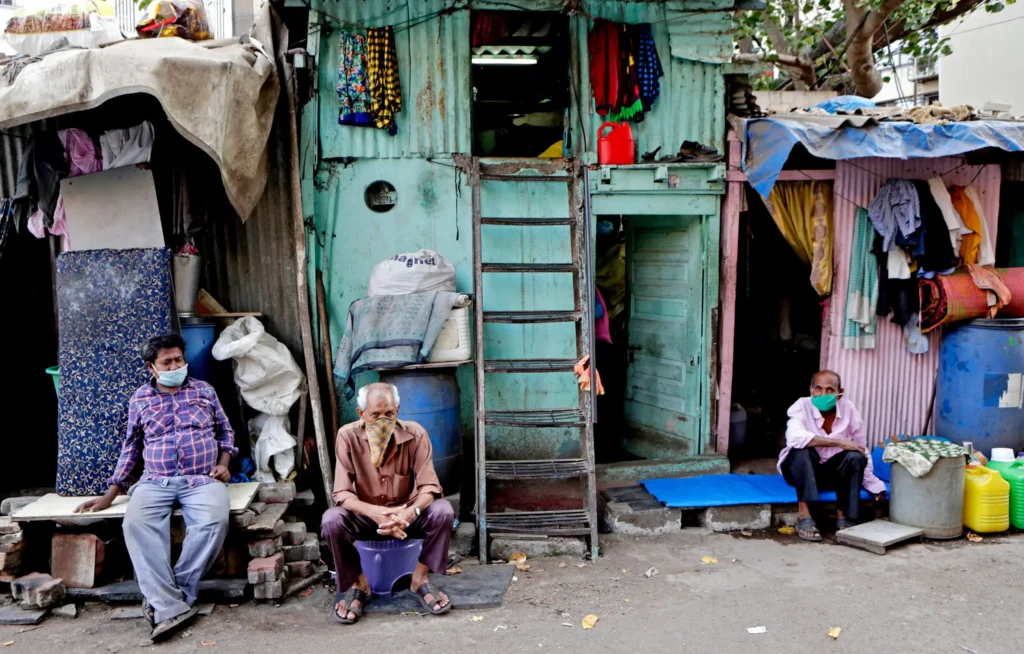
1. Rural-to-urban migration
Mumbai attracts thousands of migrants every year from rural areas, providing better job opportunities. However, the high cost of housing forces them into the slums of mumbai, where the fare is cheaper (although it still takes an important part of their income). There is an uncontrolled increase of slums due to the inability of the city to provide sufficient low-cost housing.
2. Government policies failed.
Various government schemes, such as the Slum Rehabilitation Authority (SRA), are aimed at rebuilding slums in high-rise buildings. However, corruption, bureaucracy delay, and lack of transparency have left many projects incomplete. Some residents are also reluctant to move, afraid of livelihood loss, or are transferred to distant suburbs with poor connectivity.
3. Land shortage and real estate pressure
Mumbai’s limited land availability and property prices skyrocketed, causing it to be almost impossible to bear the cost of legal housing for the poor. The slums of mumbai often occupy prominent locations near commercial districts, making them a target for demolition and redevelopment. However, forcible expulsion without proper rehabilitation has led to protests and legal battles.
Slum communities flexibility and spirit
Despite their difficulties, the slums of Mumbai display incredible flexibility. Neatly and bent communities support each other, and many slums have self-help groups, microfinance initiatives, and small businesses that maintain livelihood. Some residents have also converted their struggles into success stories—entrepreneurs, artists, and slum workers have contributed significantly to the cultural and economic scenario of Mumbai.
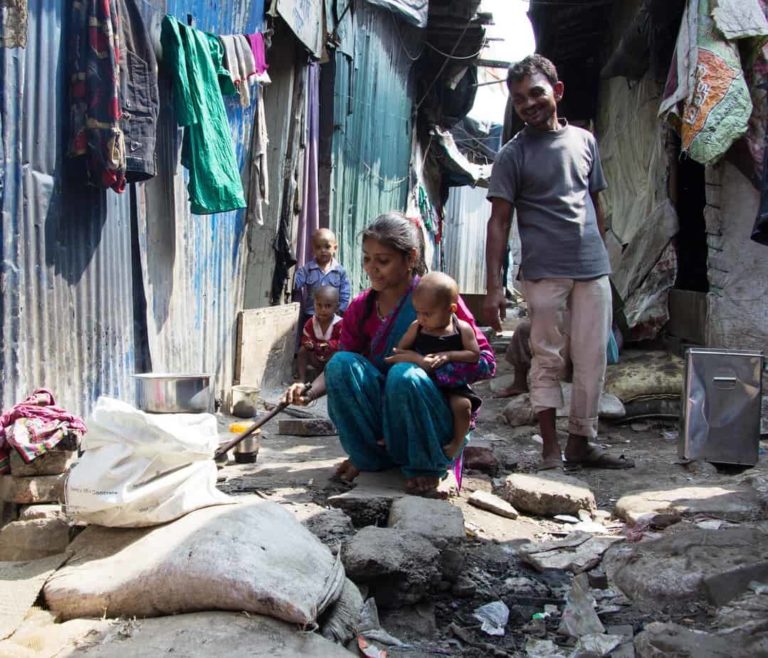
- Alright, let’s cut the official mumbo-jumbo and get real for a second.
- First off—affordable housing, yeah? The government’s got to stop just talking and actually roll up their sleeves. Build stuff people can afford, not just shiny towers for the rich. Maybe team up with private builders, but keep it honest, not just another excuse for backroom deals. And for the love of all that’s holy, plan it out properly this time—no more “Oops, we forgot about plumbing” situations.
- Now, sanitation and infrastructure. Let’s not sugarcoat it—Mumbai’s got some gnarly problems here. People need proper toilets, clean water, and a way to get rid of trash that doesn’t involve chucking it in the nearest alley. Throw some real cash at sewage and waste systems. No more Bandaids; we need the full overhaul.
- Jobs? Absolutely. Not everyone’s gunning for a desk job in an air-conditioned office. Give folks in the slums a shot at learning skills—real, usable ones. And hey, let’s bring those informal jobs into the daylight. More money in people’s pockets, less exploitation, everybody wins.
- But here’s the kicker—stop treating slum residents like they’re just numbers on a spreadsheet. Get them involved. Ask what they want before bulldozing their homes or making fancy blueprints. You’d be surprised how many problems just melt away when people feel heard.
Read more – https://bhanukakkar.store/dr-kalam-indias-missile-man-and-inspirational-leader/
- So what’s the bottom line? Mumbai’s slums are wild—messy and heartbreaking, but also kind of inspiring. They’re proof that people don’t just give up, even when the system keeps dropping the ball. Fixing this mess isn’t just about passing new policies; it’s about actually caring, listening, and, honestly, giving a damn. Until that happens, those blue tarps and crowded lanes will keep staring back at the city’s glittering skyline, just daring someone to actually make a change.
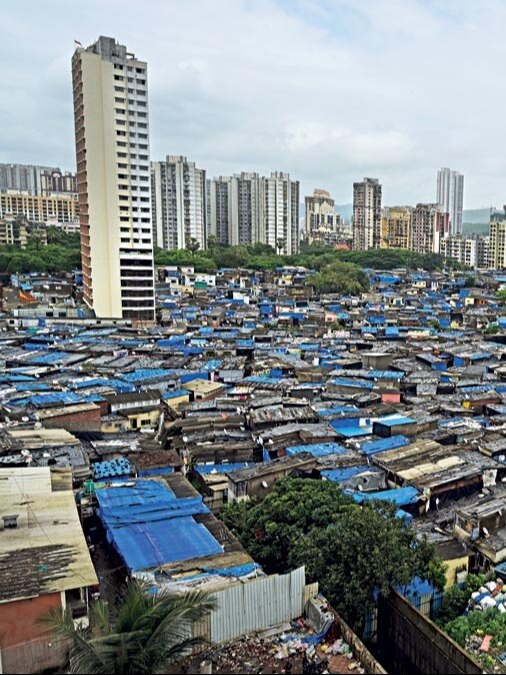

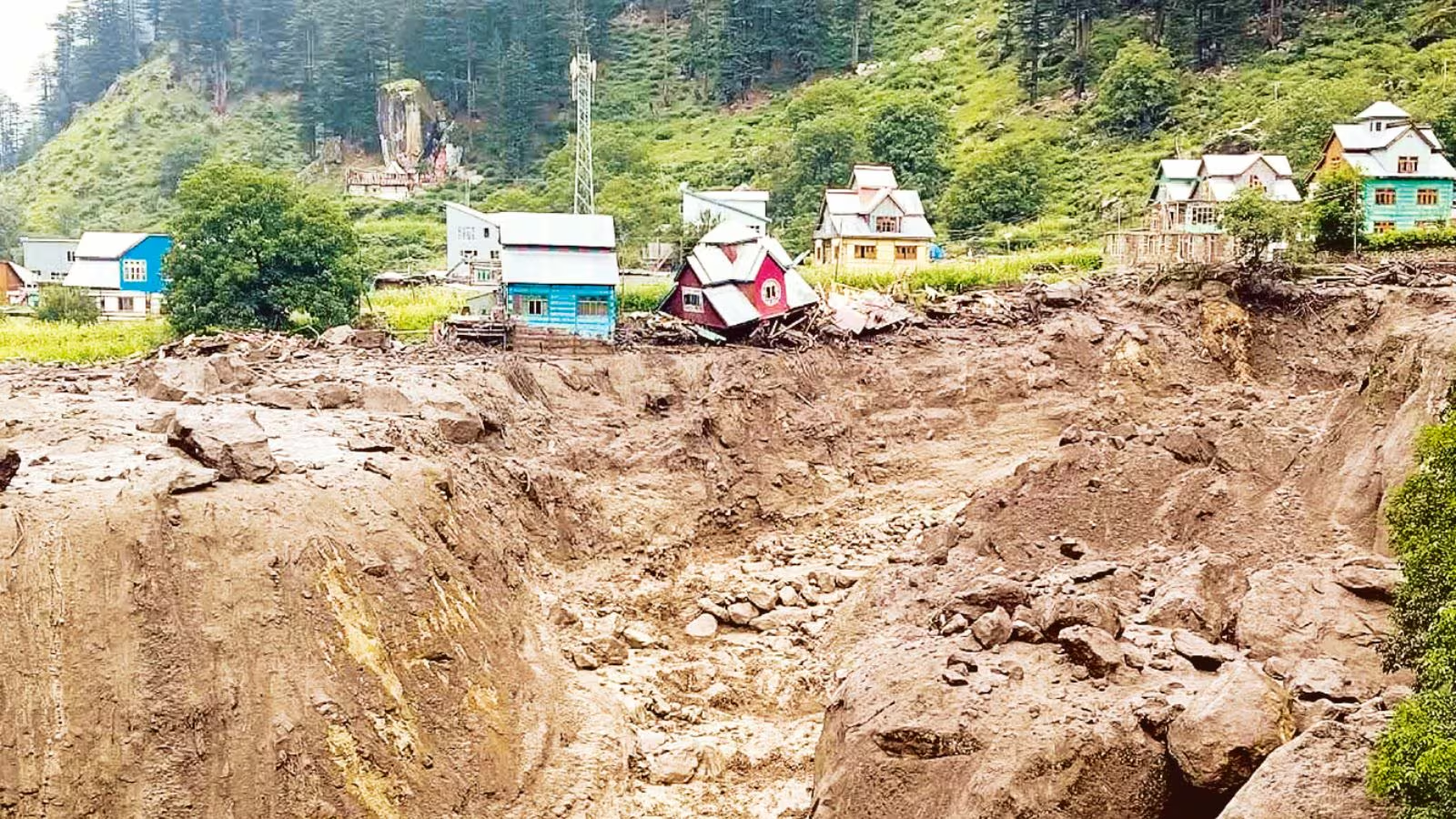
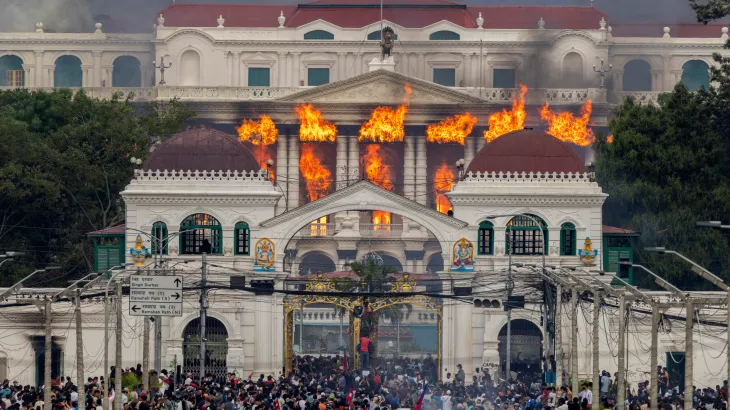

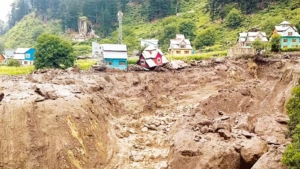
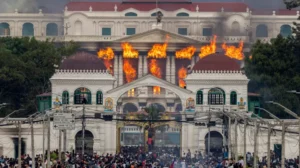
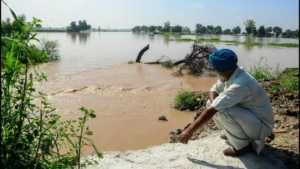
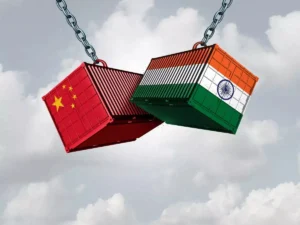





Post Comment